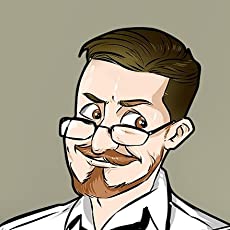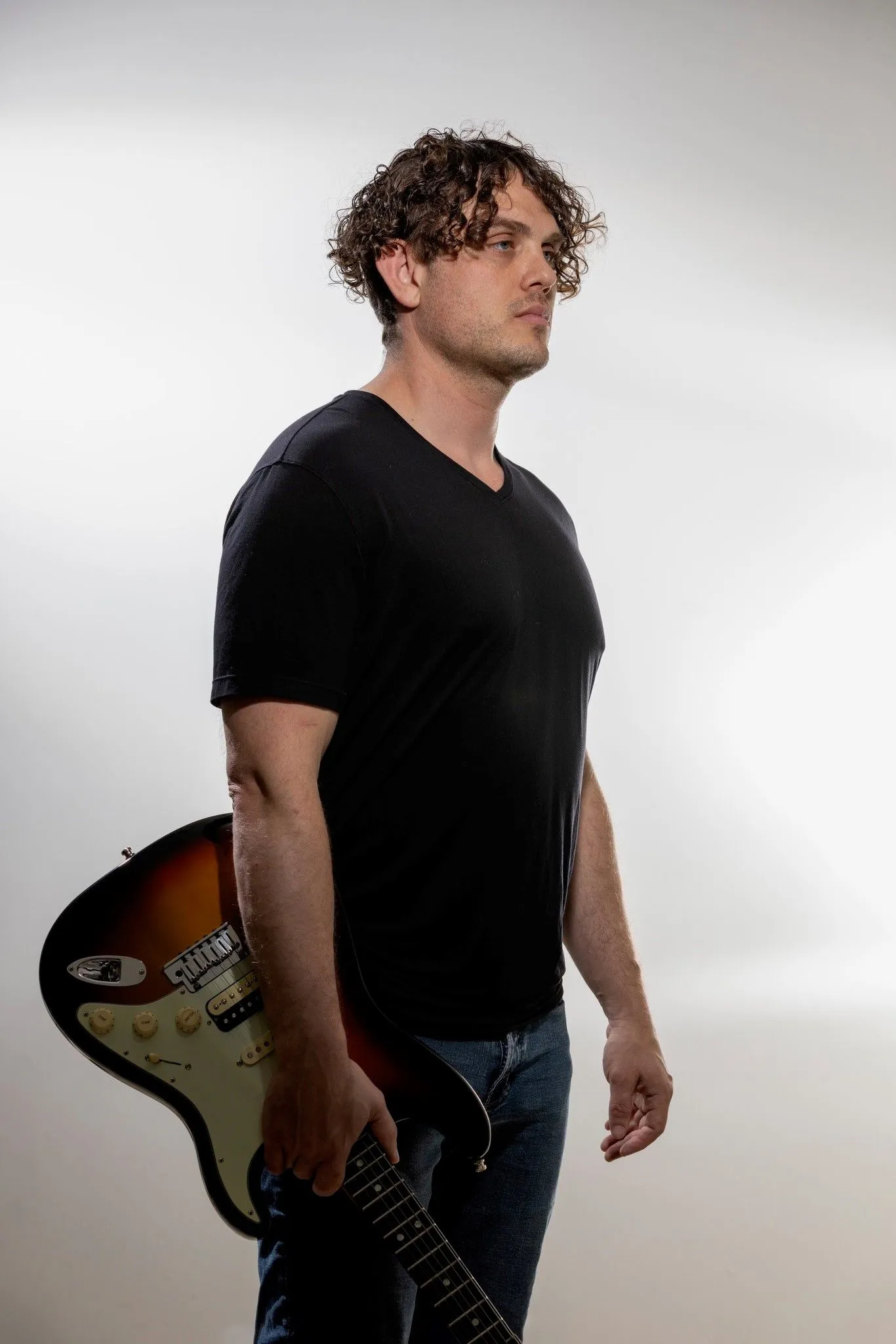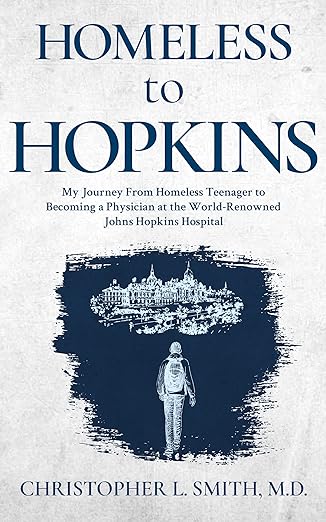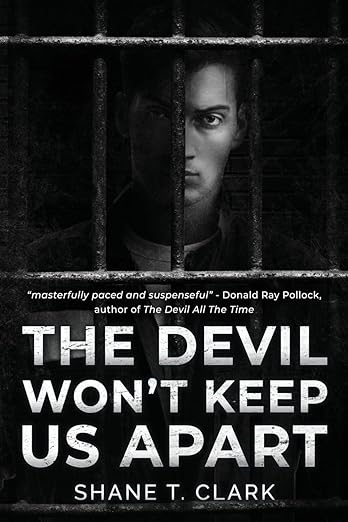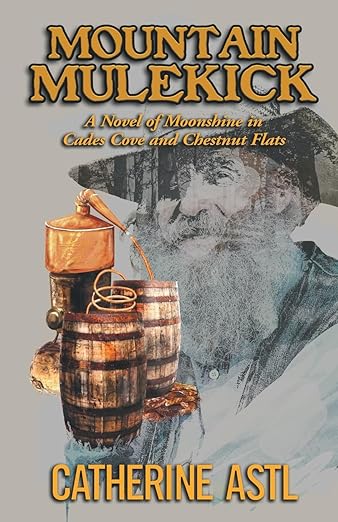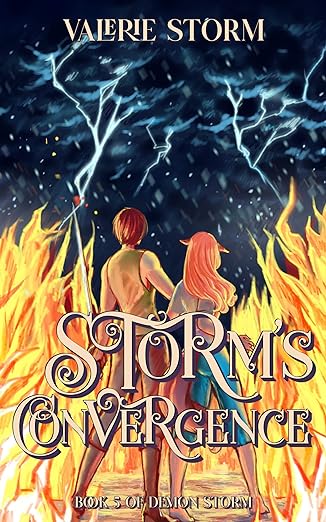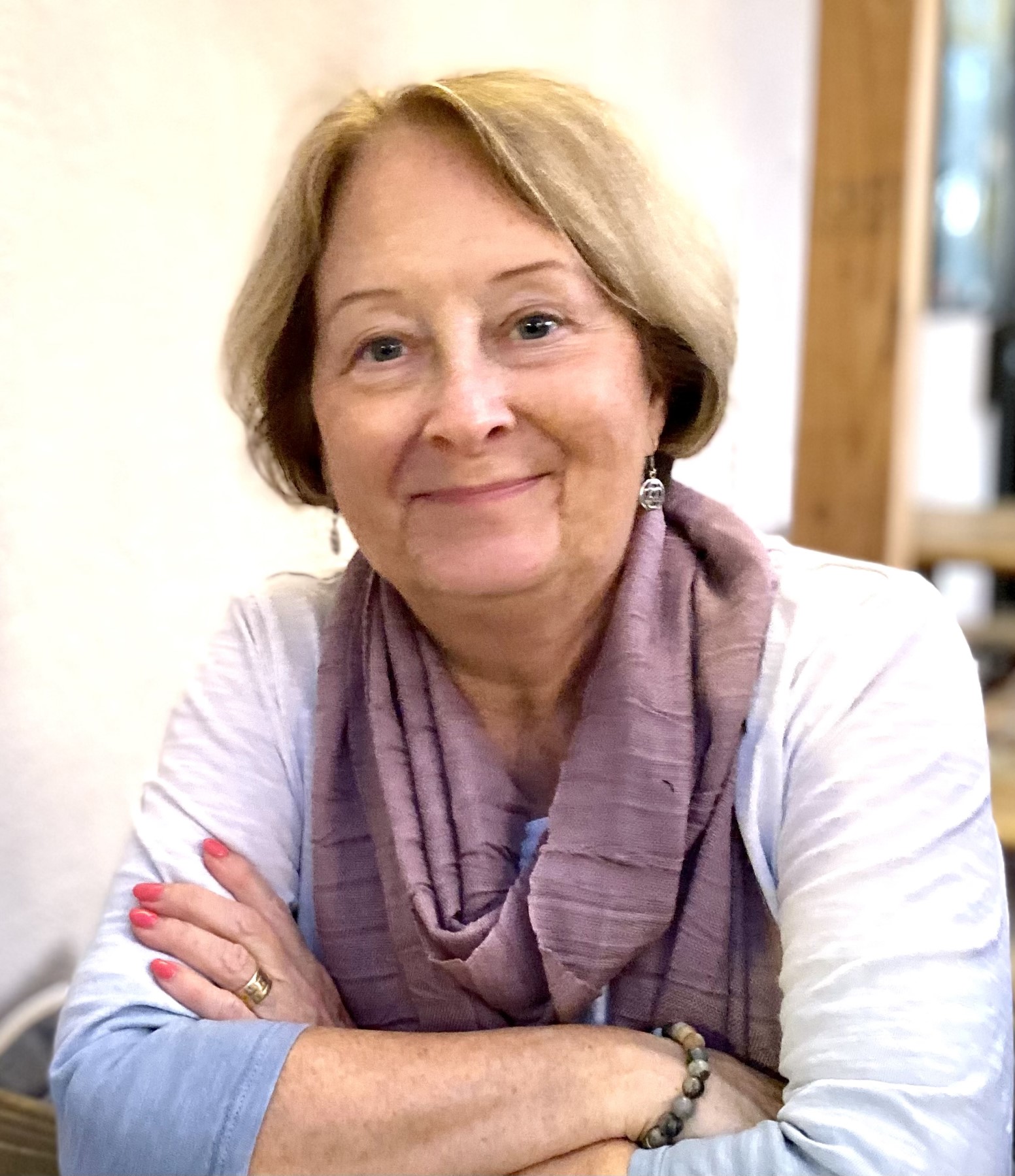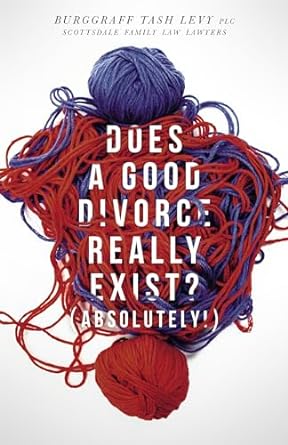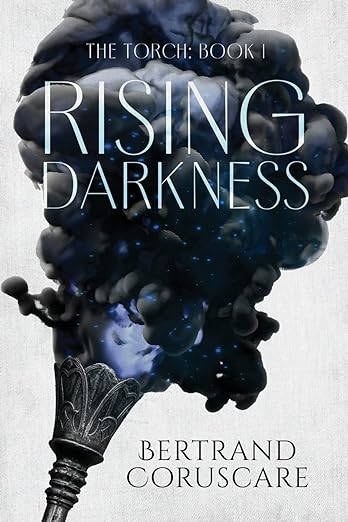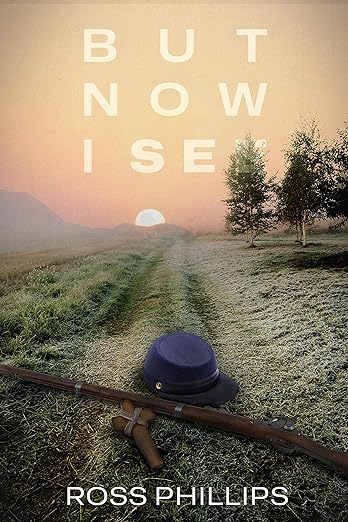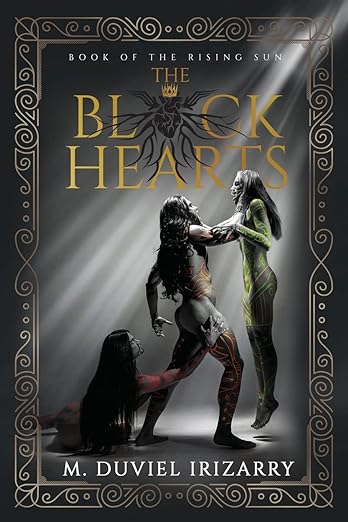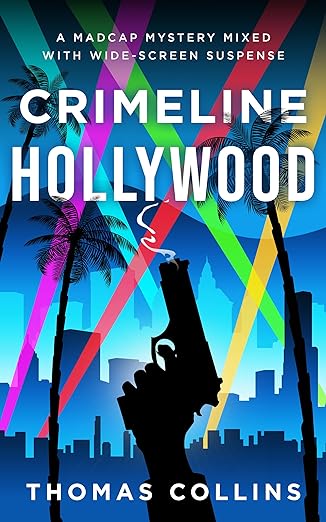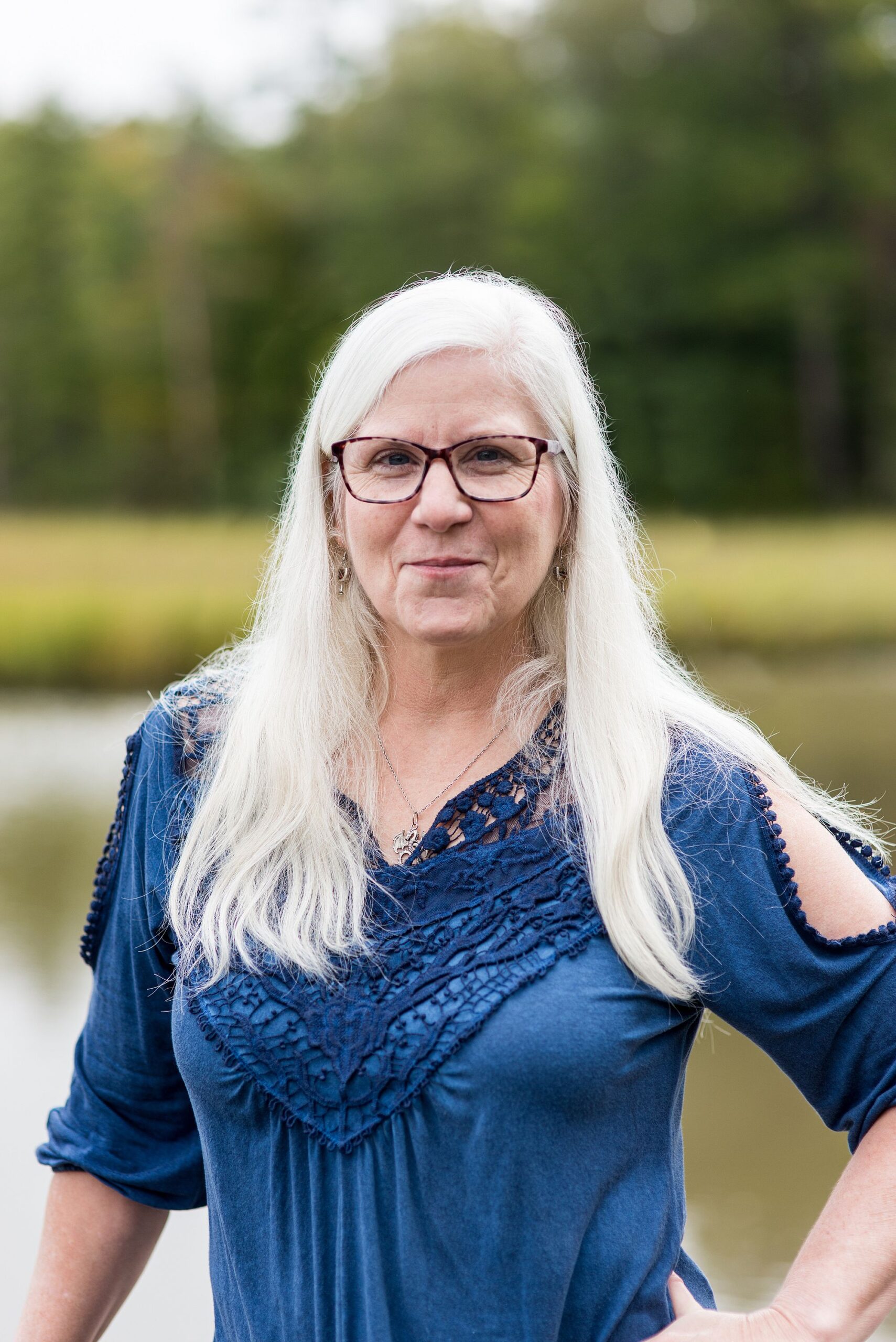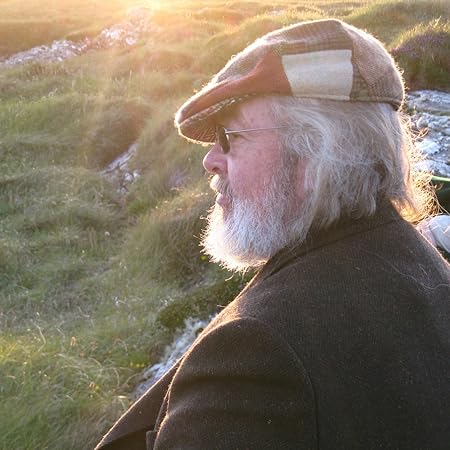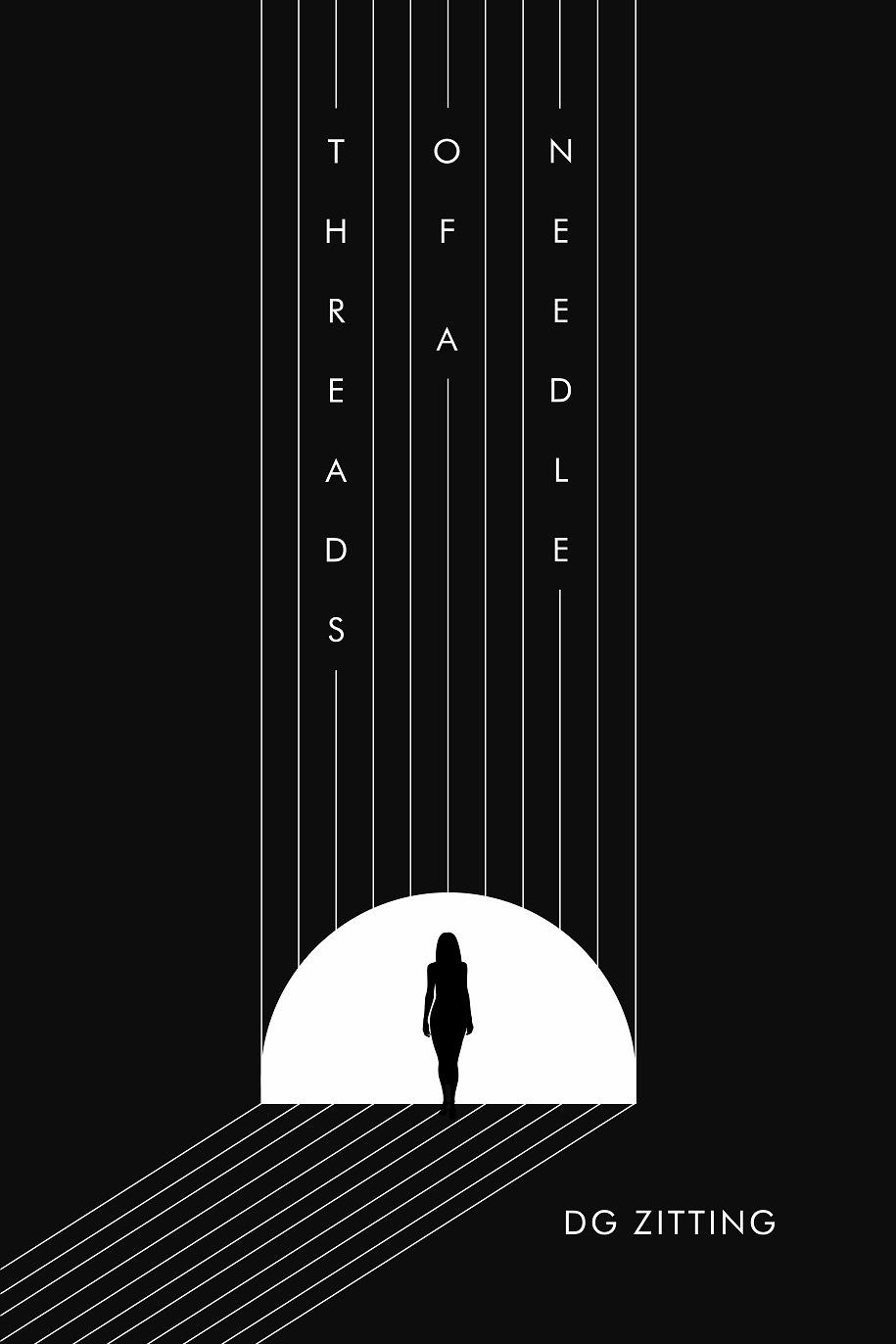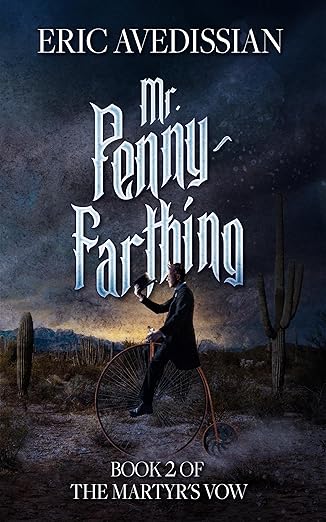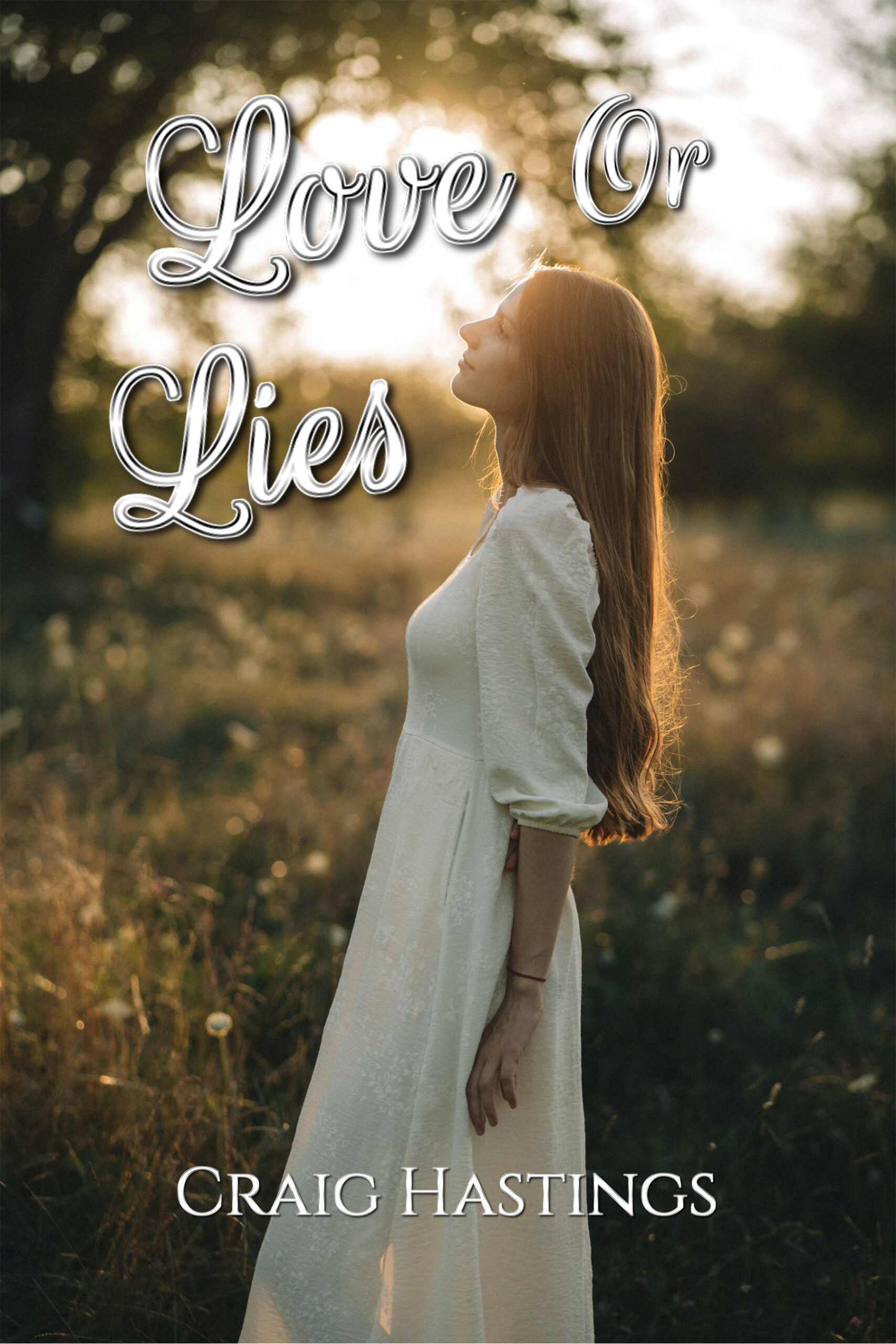I was born on 15th July 1979 at the Royal Women’s Hospital in Melbourne, Australia, as an incarnation of Greek stock. If the axiom “we choose our parents” is to be believed, the decisions I made before my conception are to be commended. Both my parents left Macedonia, Greece, for greener pastures in Australia in 1970 and 1978, respectively, bringing with them a pastoral Hellenistic culture rife with metaphysical, folkloristic, and mythological tenets. My mother’s family was descended from the mystical fire-walkers of pagan Thrace, and my maternal grandmother was an active participant in the annual festivities connected to the modern-day cult until recently. My father’s family, on the other hand, was descended from the passionate, ebullient Greeks of Asia Minor, specifically Constantinople (modern-day Istanbul). From conversations between my parents and members of my extended family, I have reason to believe that my maternal grandmother has acquired substantial knowledge in natural magic.
Even though my parents were not religious in the orthodox sense, the culture-laden household emanated archetypal narratives, legends, and folktales by the tenfold–surrounded by such cultural abundance and 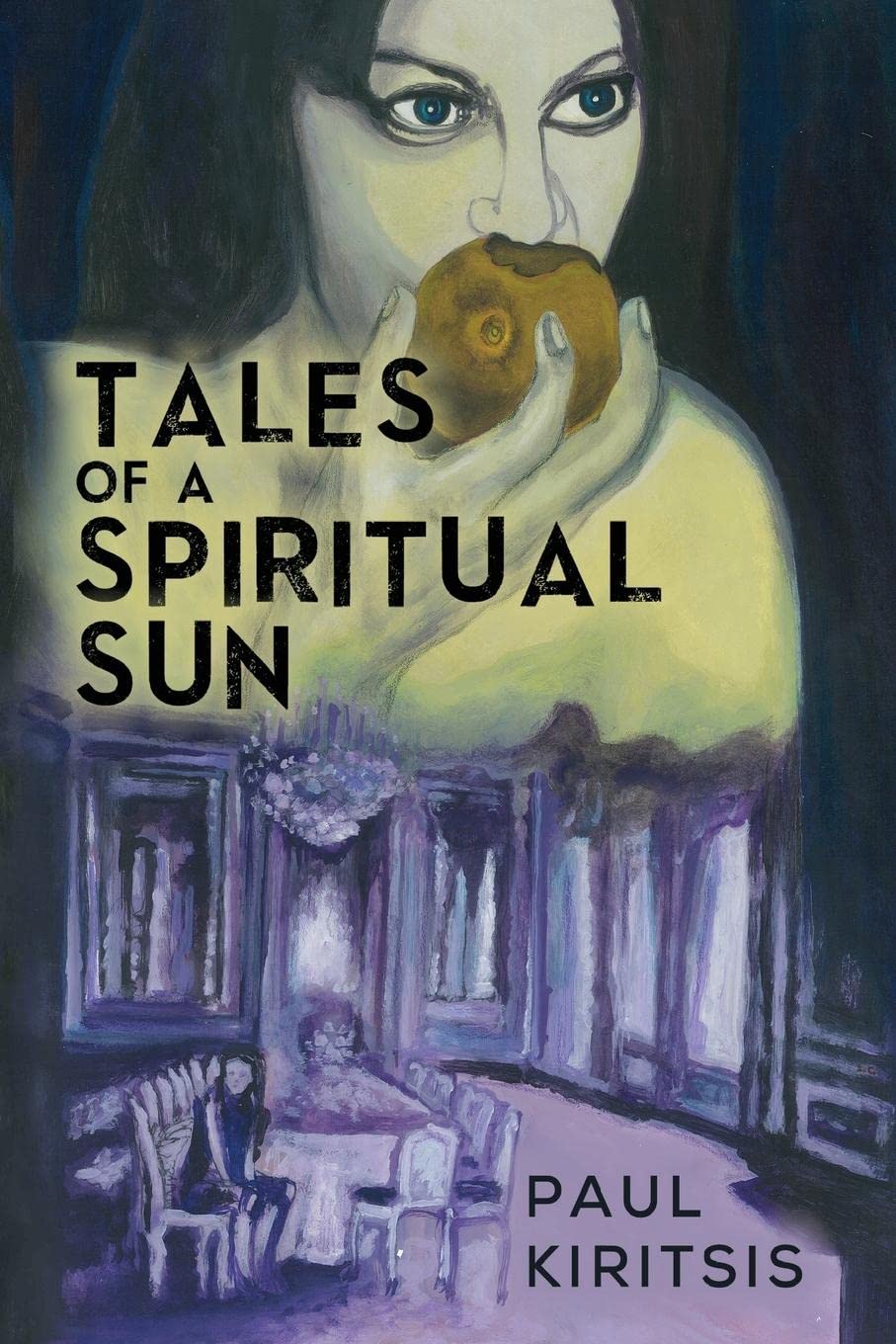 wealth, life was bound to be exploding supernova right from the beginning. Frequently my mother and paternal grandmother would narrate popular Greek tragedies, myths, and folktales from imported books, and I would spontaneously fixate upon the pictures and point towards the protagonists. As early as five, I knew all about nymphs, vampires, the Christmas goblins (kallikantzaroi) and magical rituals aimed at depotentiating their demonic and emasculating powers. Superstition was tantamount to normalcy in our household and was never scoffed at nor questioned. My parents are convinced that I was born equipped with an immense love for literature and learning. Both my parents affirm that my colours of choice have always been the iridescent blues and greens; that I was constantly writing and drawing; and that sometime after four I developed an unusual fixation with African palm trees which expressed itself as a constant need to play around them, to reach out and touch their fronds, and to draw them with coloured Derwent pencils. “Something about their shape really captivated you,” my mother says. Her recollections spurred vivid memories of the events.
wealth, life was bound to be exploding supernova right from the beginning. Frequently my mother and paternal grandmother would narrate popular Greek tragedies, myths, and folktales from imported books, and I would spontaneously fixate upon the pictures and point towards the protagonists. As early as five, I knew all about nymphs, vampires, the Christmas goblins (kallikantzaroi) and magical rituals aimed at depotentiating their demonic and emasculating powers. Superstition was tantamount to normalcy in our household and was never scoffed at nor questioned. My parents are convinced that I was born equipped with an immense love for literature and learning. Both my parents affirm that my colours of choice have always been the iridescent blues and greens; that I was constantly writing and drawing; and that sometime after four I developed an unusual fixation with African palm trees which expressed itself as a constant need to play around them, to reach out and touch their fronds, and to draw them with coloured Derwent pencils. “Something about their shape really captivated you,” my mother says. Her recollections spurred vivid memories of the events.
During my formative years, I attended Greek Orthodox Church sporadically and became acquainted with that great patriarchal Father ruling the supernal heavens above which we all loosely refer to as God. The Universal Craftsman is usually painted onto the church’s dome or conch and stares down at his subjects in an authoritative manner. Below him in the apse are the frescoed saints and evangelists. More often than not, Mary is strategically placed between heaven and earth as principal mediator and merciful intercessor between the divine and earthly dimension of existence. In the Greek Orthodox tradition, Mary can only claim the honor of hyperdulia, or superior veneration. Even though Christianity and the early church fathers demoted her from her position as the seat and source of all life, I connected with her instantly. I recognized her as the numinous ‘archetypal mother,’ my spiritual mother.
It was she to whom I knelt and prayed, night after night, when I came down with a malady of unknown origin in my early teens. It was she who I re-membered when I wrote Shades of Aphrodite: In Search of the Golden Apple between 2007-2012 and Tales of a Spiritual Sun in 2012-2013. It was she who appeared in my lucid dreams throughout my twenties and thirties as the spirit Solim with salvific knowledge, imbuing my life with meaning and purpose. It was she, the feminine aspect of the divine, whom I honored when I travelled to the monasteries of Hagion Oros in Greece last year to try my hand at the spiritual, monastic life. Sometimes I feel my life is a manifestation of the archetypal Great Mother-son lover pairing anchored in the collective unconscious.
Perhaps the most significant moment in my psychospiritual path is that dark day in my early teens when I underwent a strange malady of unknown origin. It began sometime during the summer of January 1992 and came on gradually, perhaps over the course of a week. I woke up one morning feeling somehow not myself. Suddenly, things did not feel right within me anymore. Something had changed but there was no tangible physiological measure able to describe the intrinsic qualities precisely so that it could be grasped by others and by the contemporary medical intellect. A few weeks later, I stumbled upon a television program on HIV and became mortified when a young man of about twenty-five began describing conversion symptoms accompanied by subjective feelings of wrongness. I vividly remember dashing into the bathroom and staring at my reflection in the mirror. Was this what was wrong with me? Was I HIV positive? In hindsight, I would rate it as the most traumatic event of my life.
At any rate the polymorphous condition unleashed intense periods of self-absorption, self-reflection, and creative writing. Creative illnesses transcend sociopolitical and religious frontiers and are quite common across cultures and epochs. These phenomena seem to be especially prevalent among shamans, philosophers, and writers. After an unusual neurosis that lasted between 1894 and 1900, Sigmund Freud emerged into the intellectual and scientific world with an inspired perspective on unconscious life, enabling him to write his celebrated The Interpretation of Dreams. Similarly, Carl Jung underwent a creative illness between 1913 and 1919 which motivated esoteric works like the Red Book, the Black Book, and the Seven Sermons to the Dead and laid the humus for the sprouting of theories surrounding archetypes, the collective unconscious, and the actualized Self. I, too, spent a great deal of time deeply preoccupied with the mysteries of the human soul, and emerged from my ordeal in an exhilarated state. The latter culminated with a three-week period of incessant writing where I transcribed my screaming Shadow (to use a Jungian term) onto paper. Most of the poems written during this stretch were published in Fifty Confessions (2009), probably my most personal poetic collection to date.
Roughly five years after having published this confessional work, it has dawned upon me that the poems therein were unconscious irruptions attempting to rationalize the relentless pain and suffering, and more significantly, place it within the larger context of a meaningful world with teleological propensities. Rarely will the ailing human choose a blunt, black-and-white truth suggesting meaninglessness over an idealistic, colorful falsehood full of feel-good narratives and inflated, myth-making heroics. When bequeathed the opportunity to choose our choices reflect proactive and intentional meaning-making through narrative. Such is the need to preserve inner harmony and faith in our lives. This axiom rings true in my case since somewhere deep in the recesses of my unconscious mind a vast, quixotic idea began to flower; the illness was not something physicians, neurologists, immunologists, and psychiatrists could shed any light upon because it was supernatural in origin, imposed by a higher order of spiritual beings as a way of instigating inner transformation and reconnecting me with a grandiose truth about humanity which I alone had to reveal. Vanity, narcissism, and self-importance had to come into it somewhere, right?
In relation to the creative illness I went through, it is interesting to see how short and longer-term goals and meaning may emerge through myth-making. Below is an excerpt from a consultation I had with a physician many ago (some details have been changed for confidentiality):
N: Paul, do you want me to refer you to a good psychologist? There’s one that…
P: I don’t want to see a psychologist, Nate. I’m not depressed.
N: I didn’t say you were. But seeing a psychologist at this stage might be the difference between lapsing into depression and dealing constructively with what’s going on inside you.
P: I can handle myself.
N: He could also help you with the nightmares. I recall that on your last visit you mentioned that you’d been experiencing terrible nightmares.
P: They come and go and seem to coincide with my physical symptoms.
N: The headaches, dizziness, and the muscle pains yeah?
P: Yes. I keep having dreams of rotting flesh and being set on fire by other people and trying to get my clothes off. One of the most distressing ones occurred about a week ago. In one dream segment I remember waking up surrounded by these grotesque lithe-bodied reptilian creatures with almond-shaped eyes and bulbous heads. They were quite short in stature, coming up to about my chest. Their mannerisms and behaviors were uncanny and they proceeded to grope me all over. There was definitely a sexual element to the touching. I wasn’t quite sure if they were male, female, or hermaphrodites. The strange thing about the dream was that I could actually read their thoughts telepathically. They were asking one another why their experiment had failed to transform me into one of them. Why was I still different? By different I assumed they meant human. I was sure that if I stayed with them for too long they would make subsequent attempts to modify or change me. I wasn’t sure how they might go about doing this; I just knew they would go on trying until they finally succeeded.
All the while I’m wondering how I might go about getting home. As I think about my loved ones back home, I become conscious of a deep sense of grief wanting to explode from the pit of my stomach. It’s the same type of grief and anguish you feel when you lose a partner, sibling, mother, or somebody else dear to you. In many ways I felt as though I was a small child that had lost its parents amidst a crowd of menacing strangers. That’s how potent and piercing the anguish was. In a desperate bid to escape I dash around the dark complex looking for a way out. Glancing out from one of the proscenium arches towards a stretch of sea I realize I’m on a tower high up in the mountains.
Suddenly a middle-age woman appears out of nowhere, wearing a nineteenth century court dress. Unlike the eerie reptilian creatures which appear to heed to her implicit wishes, she is very beautiful and appears to act magnanimously. Our eyes lock for a few seconds as we try to make sense out of one another. The expression that possesses her face after a brief moment is one of recognition; she seems to know who I am. She trudges up to me and embraces me like a mother her long lost child. Touched by this unprecedented and open display of affection, I drop to my knees in front of her. Holding onto her skirts I burst into lamentations, heaving for breath and screaming ‘I want to go home.’ I have never experienced that kind of grief in real life. The dream really upset me and that disquieting feeling stayed with me for days afterwards. It really frazzled me; it ripped through to the core of my being and I could not shake it. I guess you might call it a big dream.
N: That’s some pretty powerful stuff there.
P: The dream is a perfect example of why I identify with the Gnostic myth of Sophia so much.
N: What happened to her?
P: She descended from heaven to earth to help Man escape from the ravages of Yaldabaoth but suffered amnesia in the process. She forgot about who she really was and why she had been sent. Of course, the Great Mother was able to intervene and save the day, sending her son in the form of the Christ to awaken his sister to the memory of her true being and purpose.
N: In what way does the myth mirror your own life?
P: It’s like a personal myth for me. I descended from that transcendental place in heaven when I suffered ‘conversion’ at the hands of my mysterious condition. As the years went by and go by memory of that Adamic state before ‘conversion’ gradually fades from my memory. I only faintly recall what it felt to be inside my own body prior to ‘conversion’; sometimes I wonder if the Great Mother will send one of her children to cure me of this terrestrial slumber. I think the silence thus far has been a sobering conclusion and I’ve accepted the fact that I might never acquire an elixir able to cure me. I don’t think I’ll ever return to Eden before my death. I’d gladly sacrifice anything to feel like I did prior to the onset of my condition, I really would. I guess sometimes we don’t really know what we’ve got until we say goodbye.
N: (Lifting the blood tests up for me to see) You’re not going to say goodbye for a long while yet. You have a long and healthy life ahead of you Paul.
P: ‘Not detected’ huh?
N: Yes Paul. Would you rather it says ‘detected’?
P: No.
N: Then don’t question it.
Owing to some ground-breaking research we now know that the two hemispheres of the brain function autonomously in early childhood and depend on the maturation of the corpus collosum past the age of 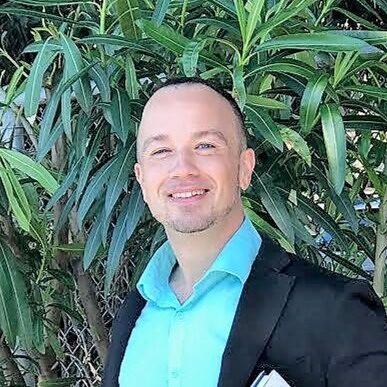 ten to become fully integrated and coordinated. The decreased inhibitory potential of the left-hemispheric interpreter in sieving primary process input from the right hemisphere is one way of explaining a profound metaphysical phenomenon I experienced at eight. One day, whilst purposelessly gazing out into the rectangular backyard of my Hickford Street residence from behind a security door, I perceived what appeared to be a giant swallowtail butterfly standing motionless before the rotary washing line. It maintained an unnatural posture, its supernal wings outstretched for a few minutes before vanishing into thin air. Even though my developing brain failed to garner any rational hypothesis pertaining to its appearance, the event itself left a deep, unconscious footprint which later manifest as a fundamental belief in paraphysical dimensions not detectable or amenable to human visual perception.
ten to become fully integrated and coordinated. The decreased inhibitory potential of the left-hemispheric interpreter in sieving primary process input from the right hemisphere is one way of explaining a profound metaphysical phenomenon I experienced at eight. One day, whilst purposelessly gazing out into the rectangular backyard of my Hickford Street residence from behind a security door, I perceived what appeared to be a giant swallowtail butterfly standing motionless before the rotary washing line. It maintained an unnatural posture, its supernal wings outstretched for a few minutes before vanishing into thin air. Even though my developing brain failed to garner any rational hypothesis pertaining to its appearance, the event itself left a deep, unconscious footprint which later manifest as a fundamental belief in paraphysical dimensions not detectable or amenable to human visual perception.
From this moment forth the embodied and relational process, the developing mind, biased my perceptual mechanisms towards environmental stimuli with implied supernatural and metaphysical leitmotifs. I became absorbed in ancient Egyptian funerary beliefs about the netherworld and afterlife, built pyramids from cardboard, synthesized pseudo-mummies out of toilet paper, engaged in solitary fantasy play with natural spirits and fairies, and entertained alternative mental schematics as to what creative intelligences might actually look like and how they might interact with mortals. During second-grade parent-teacher interviews my teacher at the time, Mr. Montague, told my father that I was, “In my own world.” In hindsight his observation was an accurate enough assessment.
In my early to mid-twenties attunement to the contemplative, inner life transformed into academic, intellectual, and experiential inquiry into ancient history and later evolved to encompass related fields such as the Western esoteric traditions, metaphysics, consciousness studies, mind-matter interaction, and transpersonal psychology. In the last few years, I’ve gone so far as to try my hand at recording vocalizations from deceased individuals who have perished within the dreaded Ha-ha walls of mental institutions using transcommunicative apparatuses like digital voice recorders, digital K-type thermometers, and Oviluses. The results have been frightening but thought-provoking, to say the least. At the present time I am interested in the precognitive faculty, in visual and auditory hallucinations, and in the construction of visual reality.
Tales of a Spiritual Sun encompasses many aspects of my psychological and spiritual worldview and explores many of the abovementioned themes and issues in the context of modern myths. I wanted to rework, remould, rebirth, breathe new life into the myths. These had to be contemporary stories with literal or symbolic allusions to their classical counterparts, but they had to reflect modern-day concerns and societal issues.
For example, the Proteus short story works through the sci-fi and thriller genre to illuminate the dangers and pitfalls of human genetic engineering and pioneering artificial intelligence systems that may one day overwhelm us. The AI phenomenon definitely comes to mind here. Entrapment with its literal allusion to the Trojan Horse and constant switching between two different character perspectives revolves around issues of radicalization and extremism, religious zealotry, indoctrination, and cults. Others like Mind Games (about a Ouija board) and Nymphomania (story of a man who is convinced that his wife is a nymph) exploit the realities of dreaming and waking cognition and the porous boundary between the two–what is actually real? Some stories remain faithful to the original plots and others veer very far from the original plotlines. Some myths are very recognizable while others are more abstruse and quite obscure/esoteric.
There are 13 retellings in this short story collection. There is a preface followed by a creation myth set in Cnossos entitled To Propitiate the Earth which is essentially about birth, death, and regeneration–the ending of one world and the beginning of another. This is followed by stories about the Fates and King Midas, and psychological interpretations of love stories like Eurydice and Orpheus, Pygmalion and Galatea, Eros and Psyche, and Narcissus and Echo. This is followed by modern-day encounters with villains like the Minotaur, the Theban sphinx, the Gorgon Stheno, and the shape-shifting water deity Proteus. The final two stories are very dramatic and allude to the Trojan Horse and Pandoras Box.
Follow the Author
Tales of a Spiritual Sun
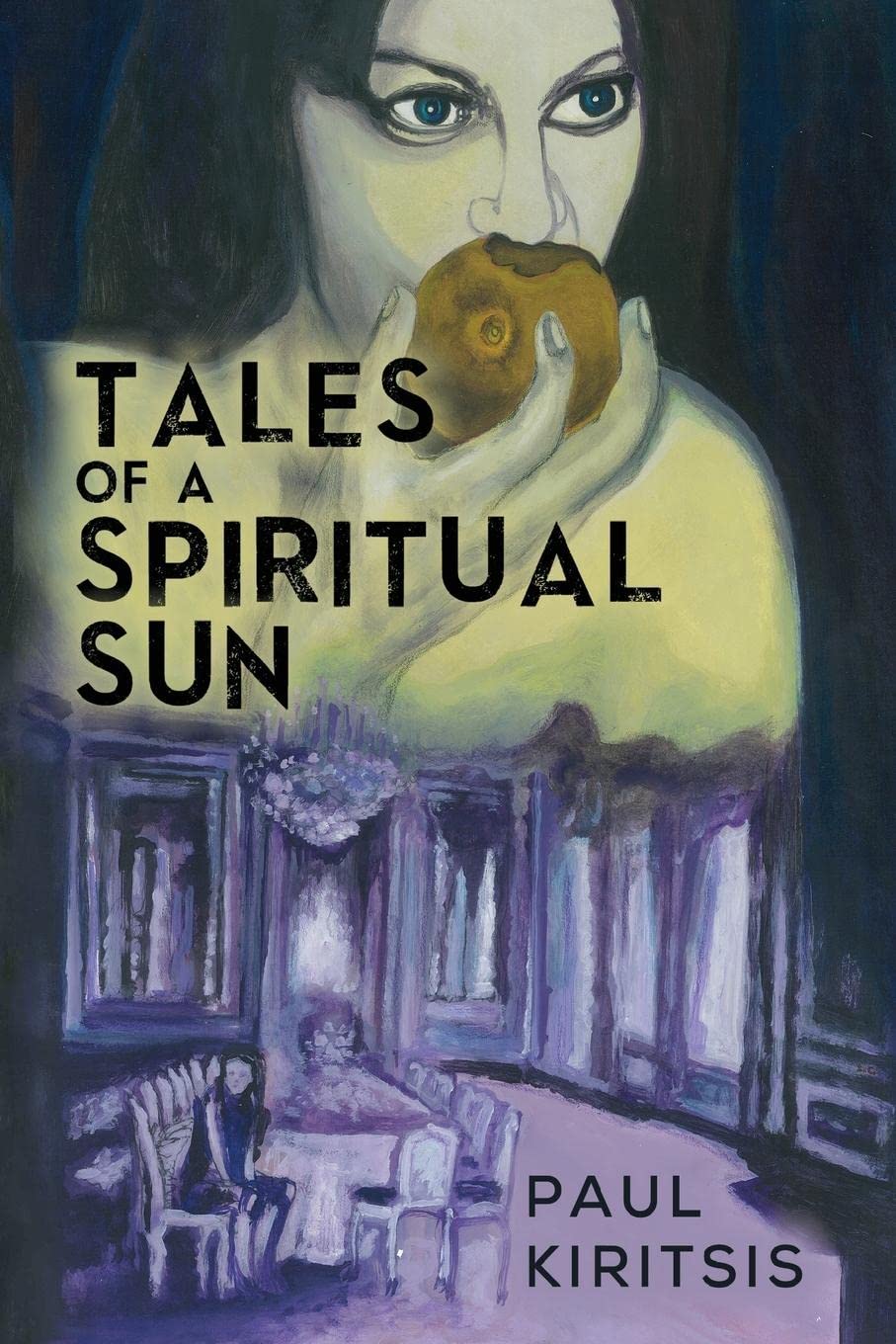 From the Sphinx communicating through a Ouija board to Narcissus’s traditional, terrible fate morphing into his first glimmer of hope, Tales of a Spiritual Sun re-writes the Greek myths as never before. The tales of the familiar are tackled, such as the stories of Medusa, King Midas, and Pandora. Yet, Tales of a Spiritual Sun also includes those that are, perhaps, less well known such as Orpheus, Proteus, and Psyche.
From the Sphinx communicating through a Ouija board to Narcissus’s traditional, terrible fate morphing into his first glimmer of hope, Tales of a Spiritual Sun re-writes the Greek myths as never before. The tales of the familiar are tackled, such as the stories of Medusa, King Midas, and Pandora. Yet, Tales of a Spiritual Sun also includes those that are, perhaps, less well known such as Orpheus, Proteus, and Psyche.
All the stories are viewed from new angles or written with modern twists. They take on new lives, with fresh locations and messages at their heart. These include a scientific experiment ready to change the world on the night it is set to end and a personal detective who must decide if a man, claiming his wife is a nymph, is delusional or about to commit an awful crime.
Tales of a Spiritual Sun allows readers to discover ancient myths in a bold and original way, in both contemporary and traditional settings.


